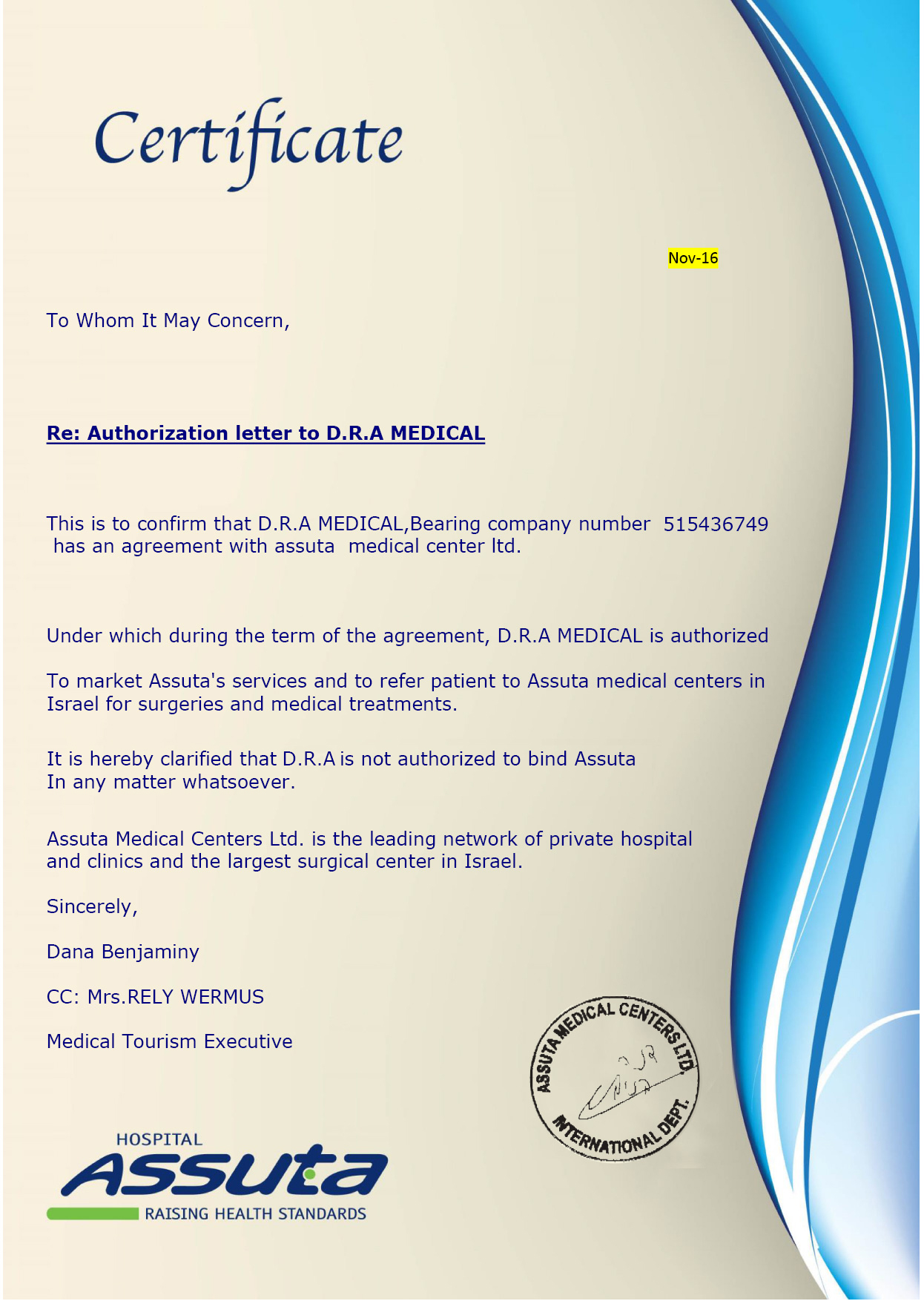Introduction
Facelift, commonly referred to as a rhytidectomy, offers you the opportunity to renew what everyone around you sees—your face. Thanks to gravity, declining skin elasticity, and other events of aging, your face naturally develops wrinkles and loose pockets of skin. But, it certainly does not have to stay that way. Living a long, fulfilling life may show on your face, yet it does not have to define the life you live.

Who should pursue facelift?
Does your facial appearance affect your social life or self-esteem? Whether you are in your 30s, 40s, or older, you should not feel too young or too old to get a facelift. A facelift can greatly improve your quality of life by providing you with a face that matches both your current mindset and activity level.
Planning your facelift
Prior to the procedure, your surgeon will see you to gather your medical history and physically examine you. The doctor will pay special attention to your facial characteristics including bone structure, facial wrinkles, skin folds, thickness, elasticity, and texture. Surgeons carry out facelifts a variety of ways, thus your doctor will discuss with you which methods are not only best for your condition, but also present the lowest risk to your health. Likewise, depending on your medical history, your surgeon might instruct you to stop smoking, taking certain medications, or getting chemical hair treatments well in advance of your facelift. Personally, you may also want to grow your hair longer to cover your incisions after the surgery.
The facelift procedure
Facelifts, executed as outpatient or inpatient surgeries, essentially smooth out skin on the face and neck by eradicating excess skin and tapering underlying muscle and tissue. However, this is achieved several different ways under general anesthesia or intravenous sedation, because facelift surgery continues to evolve. Generally, the surgeon makes an incision behind or in front of the ear, which may stretch as far as the scalp. Then, the surgeon lifts the skin and pulls muscles tight. If necessary, the surgeon also implements liposuction on the jaw and neck regions while adjusting or removing excess skin. Once these manipulations are complete, the surgeon stitches all incisions closed and may wrap a bandage around your face.

After the surgery
Within a week after your surgery, you must return to your doctor to have your stitches, bandages, and drains removed. As your surgeon ought to discuss with you prior to the surgery, some risks such as swelling, bruising, temporary facial unevenness, infection, negative reaction to anesthesia, and collection of blood under the skin, are involved with getting a facelift. Thus, pain medication will be provided to you. Nevertheless, following your doctor’s post-operation instructions should make your facelift results more successful. These instructions will most likely involve avoiding smoking, direct sunlight, and strenuous activity, which could compromise your wounds and cause bleeding. It is important for you to understand that each facelift is unique and it can take several weeks for your new face to solidify. Therefore, following your surgery, your doctor will ensure proper healing and track your facelift progress.
 D.R.A Medical
Tel Aviv, Israel
+972-77-4450480
contact(at)dramedical.com
D.R.A Medical
D.R.A Medical
Tel Aviv, Israel
+972-77-4450480
contact(at)dramedical.com
D.R.A Medical










